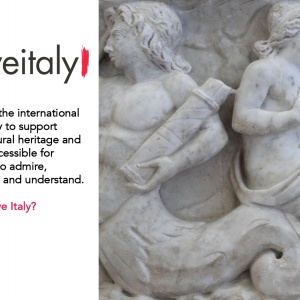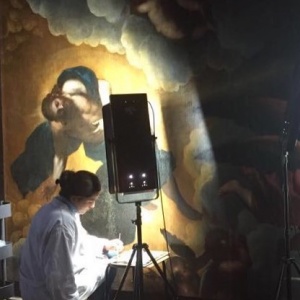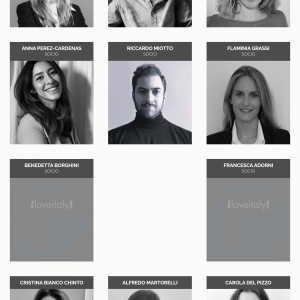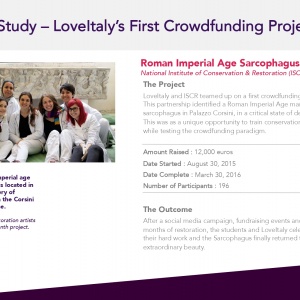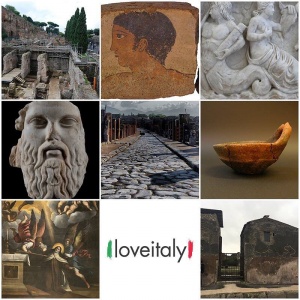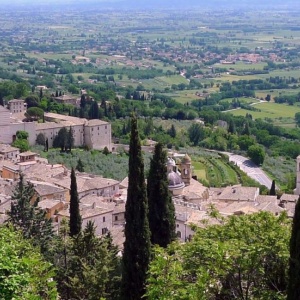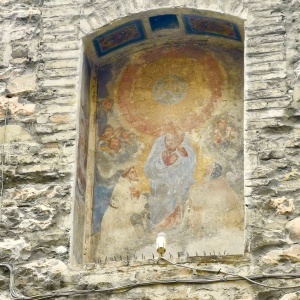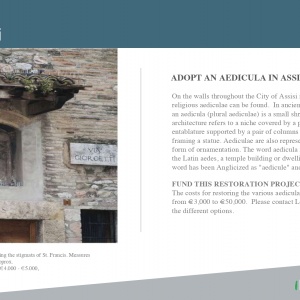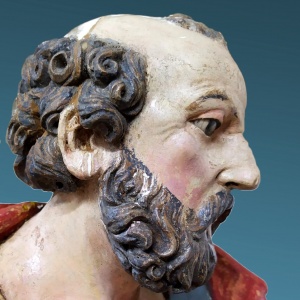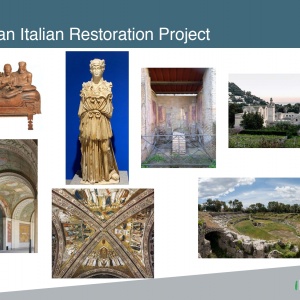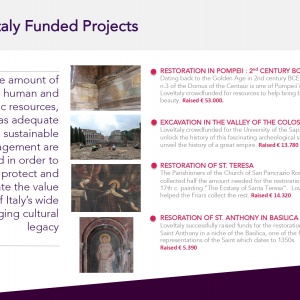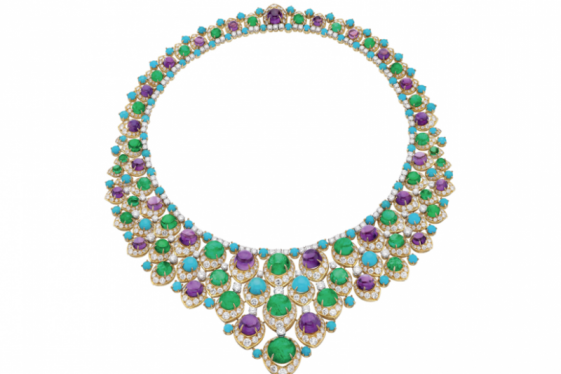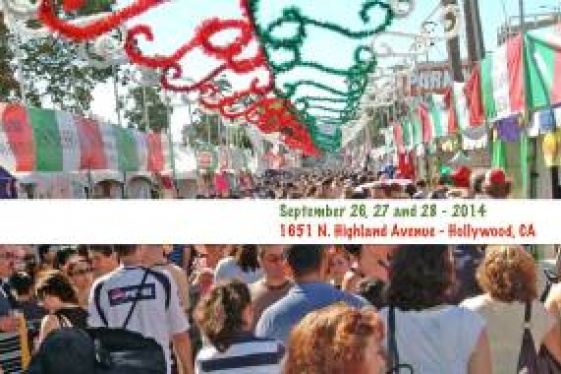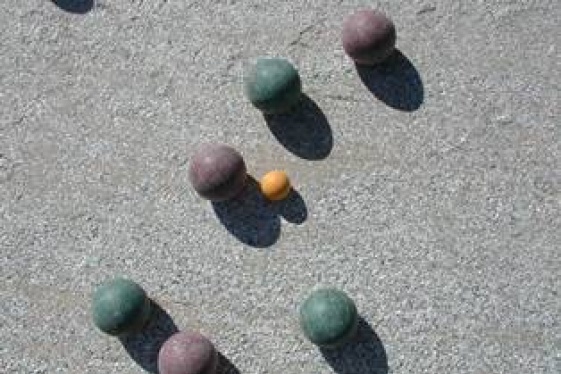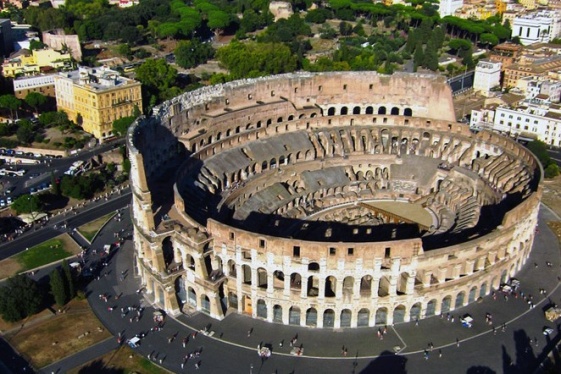
Julia Baumgaertner (Vice President of American Friends of LoveItaly)
American Friends of LoveItaly, un progetto meraviglioso per donare e aiutare il vostro amore per l'Italia

The willingness to donate, called "Give back" by the Americans, is especially important to the Italian American community, which unites with it the enormous heart carried by Italian DNA. And it is true that Americans, and particularly Italian Americans, have always shown a disposition and a desire to give back and donate to help preserve, restore and enhance the vast Italian cultural heritage.
Unfortunately, Italian bureaucracy hinders the success of many projects. But sometimes there are gems that are born and overcome these obstacles, thanks to the collaboration of people in Italy as well as in America who work to help these two extraordinary friendly countries do the right things, together. The guest in this interview, Julia Baumgaertner, does just that, in her role as Vice President of American Friends of LoveItaly.
Julia, welcome on We the Italians. Please tell us something about you and your relationship with Italy.
My relationship with Italy started at a young age. I was fortunate to spend time in Italy throughout my childhood, introduced by Italian friends and family to the country’s rich culture and history. It was near total immersion into the language and customs of Italy set against the backdrop of the country’s immense physical beauty. Later, I studied art history at UC Berkeley, focusing on Italian and French art and eventually lived in Milan. When I learned about LoveItaly, I was immediately drawn to its mission, recognizing the need to preserve and protect the Italy’s vast trove of world treasures.
What is LoveItaly, how did it originate and why?
LoveItaly is a non-profit organization dedicated to the preservation of Italy’s unique cultural heritage and the world’s greatest living museum, the country of Italy! The association is the first of its kind to support conservation projects throughout the Italian Peninsula.
LoveItaly was founded in 2014 by a group of enthusiasts from diverse professional backgrounds who are passionate about Italy’s cultural heritage and seek to make the conservation of Italy’s outstanding artistic treasures their main focus.
I understand that you can accept private and corporate funding from Italy and the United States through a 501(c)(3) non-profit organization called American Friends of LoveItaly…
Yes, American Friends of LoveItaly provides a trustworthy, tax-deductible vehicle through which individuals, organizations or foundations can make philanthropic donations in support of individual restoration projects or as a general contribution towards the work LoveItaly is doing in Italy. We also support select projects that can be named or dedicated on behalf of a donor, family, or business.
One of the biggest problems in Italy is bureaucracy. What methodology do you use to follow a project from initial idea to final implementation?
The beauty of the LoveItaly team is that it is made up of people who live in Italy and know the country well. The team is international and also knows how to translate the needs of American donors. LoveItaly ensures the highest level of accountability, transparency and ease for stakeholders and donors alike. We believe that together we can work to preserve and safeguard Italy’s world-class art and architectural heritage for the benefit of present and future generations.
I see on your website that there is a section called “IUVART”… can you please tell us what it is?
LoveItaly is very proud of its youth group, a team of volunteers aged between 18 to 35 who share a passion for art and culture. “Iuv-” is the shared etymology of two Latin terms, iuvenis, which means “young”, and the verb iuvo, “help”, “help”, “support”. Iuvenis is above all someone who “protects”, “defends” and “fights for” what he has at heart. This is the sense they intend to build their group journey together. They intend “-art” in the broadest and most comprehensive sense of the term that – as the union between an ancient root and a word that is part of our present with no limits of time and space.
All of them have jobs in various fields or are studying at the university, yet they are united by a desire to contribute to the discovery of the beauties of Italy through engaging the younger generation. They do this by organizing projects and events with the country’s most important cultural institutions -- highlighting interesting people, contexts and opportunities in the world of art and culture.
Please tell our readers something about the projects and campaigns you already realized.
Through our website you can see our exciting current and past crowdfunding campaigns. One of the ongoing projects is to restore 17th century wood statues in a church in Gallipoli. Our past projects include work in the ancient city of Pompei, on the island of Capri, in an excavation near the Colosseum, a fresco in the Basilica of Assisi, and more. Through contributions by our incredibly generous American donors contributions, restoration was possible for a very large wall painting in the National Dance Academy and an ancient wooden cross that was terribly damaged in an Umbrian earthquake.
What future projects are you working on to help our artistic and cultural heritage?
We are currently working with the Sister City Committee of San Francisco, California and Assisi, Italy. The San Francisco members have begun a fundraising campaign to “Adopt” and restore Assisi wall frescos or “Aedicula”, starting with the one on Via Frate Elia, the street leading up to the magnificent Basilica of St. Francis in Assisi. These 17th century gems are slowly disappearing with time, unfortunately. In Ancient Roman times, an “Aedicula” was a small shrine often appearing on city walls with pagan gods who would protect a house or city street. The shrine oil lamps would illuminate the very dark streets. With the arrival of Christianity, the pagan imagines were substituted with Christian ones.
Another incredibly exciting project we are currently fundraising for is the revitalization of the 2000-year old Villa of Livia, wife of Roman Emperor Augustus. Her gardens were considered the most important in the entire Roman empire. This multidisciplinary research project considers biodiversity in all its implications through art and attention to plants, and how it has always figured in the corridors of spiritual and political power.
Next, we are currently working with mayors in Italy and presidents of Italian Regions to trace Italians who immigrated to the States and later created families and businesses. We would like to help them “Adopt” an Italian monument, work of art, fountains, ancient organs, etc. and place a plaque in the name of their ancestors. This makes a profound impact on an Italian American and makes him proud to have given something back to his family history.
Lastly, we are working with an important American art historian who would like to donate (and return to Italy) a Bernini-attributed marble bust. It would be the first major Italian art object bought during the period of the Grand Tour to be returned to its rightful home.
What can We the Italians and all our readers do to help? Can our readers submit to LoveItaly a cultural heritage restoration project in Italy to propose?
We would love to hear from your readers and help them to fund a restoration project in the Italian city of their choice. We can suggest projects that will appeal to them. We will follow the who process with them from the project selection to inauguration of the completed work. Our contact email is [email protected].
If you could give one piece of advice from a legislative and operational American perspective to help Italy preserve, maintain, restore and enhance its enormous artistic heritage, what would you suggest?
Reach out to the world to create programs to support restoration projects. We all love Italy’s monuments, its amazing art and enchanting piazzas. There is so much and it would be impossible for the Italian government to maintain it all. If we all want to continue to enjoy these Italian treasures, we all need to pitch in to support their conservation.
You may be interested
-
“The Art of Bulgari: La Dolce Vita & Beyond,...
by Matthew Breen Fashion fans will be in for a treat this fall when the Fine Arts Museums...
-
13th Annual Galbani Italian Feast of San Gen...
In September of 2002, some of Los Angeles' most prominent Italian American citizens got to...
-
1st Annual Little Italy Cannoli Tournament
Little Italy San Jose will be hosting a single elimination Cannoli tournament to coincide...
-
2015 Bocce Bash!!
Please join Mia Maria Order Sons of Italy in America Lodge #2813 as we host the 2015...
-
Candice Guardino Brings GILDA AND MARGARETTE...
Candice Guardino is adding to her list of successful theatrical productions with the debut...
-
Exciting Palatine. Interview with Clementina...
You can tell she fills with excitement when she has the chance to show an important archae...
-
Festa Coloniale Italiana 2012
We are very excited to announce that on Saturday, August 11, The San Francisco Italian Ath...







